Even though research on auditory perception and cognition often focuses on speech communication, acoustic information is of high importance for another vital cognitive achievement: our navigation through the environment. Safe mobility requires the ability to avoid potentially dangerous collisions with objects in the environment. In particular, a pedestrian crossing a street must avoid to be hit by an approaching vehicle. In such a situation, our sense of hearing provides important information. For example, we can auditorily detect a vehicle approaching us from behind and thus outside our field of view.The first objective of the project is to investigate the use of acoustic cues in judgments that are germane to safe mobility. We focus on judgments of time-to-collision (TTC; "When will the vehicle arrive at my position?") and street-crossing decisions from a pedestrian's perspective. The experiments address fundamental research questions and also include a comparison between electric and conventional vehicles, and between driving conditions (approaches of the vehicles with constant velocity, accelerated approaches).The second objective of the project is to design a multimodal virtual environment technology improving the existing technologies to realize the accurate multimodal reproduction of traffic scenarios. This includes the development of a synthesis model/tool which generates and auralizes vehicle pass-by sounds. Also, we will develop audio-visual recording tools for the plausible VR-reproduction of daily life traffic scenarios.The third objective of the project is to evaluate and compare both existing audio-visual virtual environment technologies for the simulation of street-crossing scenarios and the new technologies developed in this project, based on a) dynamic analyses of a physical and psychoacoustic parameters, b) a perceptual comparison of sound and simulation quality attributes, and c) a behavioral evaluation in selected navigation-related tasks. The experiments in the corresponding work package compare different approaches to creating the pass-by sounds and different auralization approaches.
People:
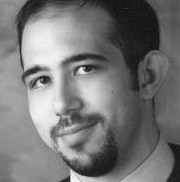 Ercan Altinsoy TU Dresden Project Leader |
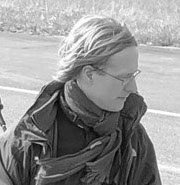 Daniel Oberfeld-Twistel Johannes Gutenberg-Universität Mainz Project Leader |
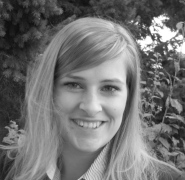 Lisa Steinbach TU Dresden PhD Student |
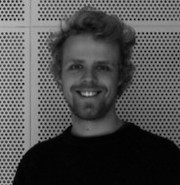 Friedrich Beyer TU Dresden PhD Student |
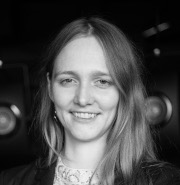 Thirsa Huisman Johannes Gutenberg-Universität Mainz PostDoc |


